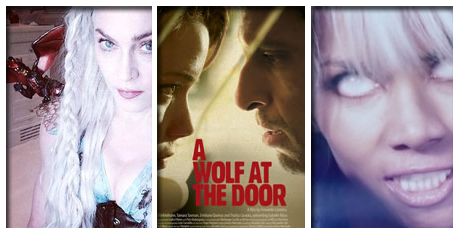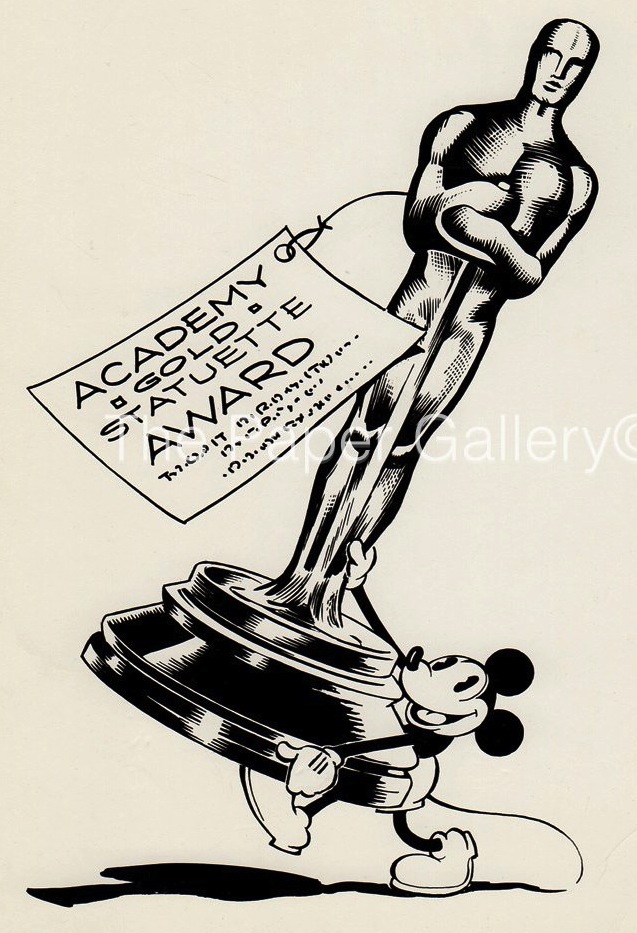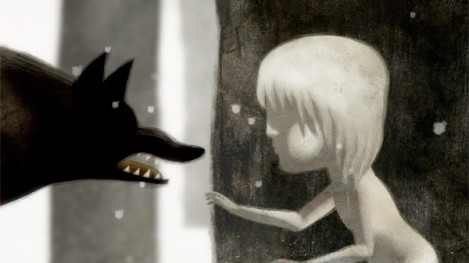Sundance coverage continues with Glenn on "The Girl from Nagasaki"
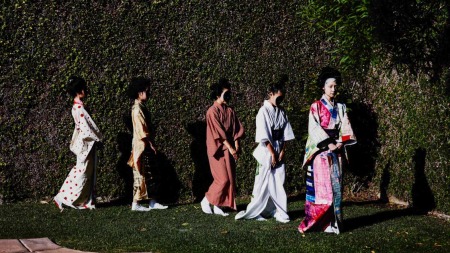
Avant-garde cinema isn’t for all audiences. The Girl from Nagasaki proves that it’s not for all directors, either. For whatever virtues Michel Conte has as an artist and a photographer (of which I am unfamiliar), filmmaking may not be of the same league. His debut feature, co-directed alongside his wife Ayako Yoshida, is a wild re-interpretation of Puccini’s famed Japanese-set opera, Madame Butterfly that dissolves into an assault of seemingly meaningless imagery; an experimental, visually symphonic and unfortunately misjudged piece of cinema.
Taking the story of Cio-Cio San and her breakdown at the absence of her American soldier husband and father of her child, Conte’s film at least fails while attempting something bizarrely different. Sadly, in his effort to turn the table on the conventions of narrative film, he has crafted a sort of Frankenstein’s Monster with bits and pieces grafted from the likes of Peter Greenaway, Tarsem Singh and Alejandro Jodorowsky and yet which lacks the profound power found in those artists’ works and compositions. Including crucifixion and BDSM fetish imagery, performance art and meta stylisation, it can’t help but feel like a confused hodge-podge of ideas that never form into a compelling whole.
Beginning with what appears to be a (admittedly impressive) visual effects company demo-reel of the explosion of the nuclear bomb over Nagasaki, it’s worth it as a work of intriguing technological ideas – and in 3D no less – but Conte falls too often into the sort of ridiculous embellishments that people mock experimental cinema for. I’m not sure what the director was trying to say with repetitive sequences of Geisha women rolling around in slick paint, but I assume he got the idea from a fashion photography layout. At the opposite end, a sequence involving David Bowie’s “Space Oddity” is particularly laughable for its bonkers and obvious use of symbolism. By the time Cio-Cio’s descent into mental breakdown occurs in the third act there is little to distinguish it from the rest of the movie.
 Unlike some of the giants of avant-garde cinema like Luis Buñuel’s kinetic and disturbing Un Chien Andelou, Bruce Conner’s own nuclear bomb montage Crossroads, or Sidney Peterson’s The Petrified Dog, Conte’s film wears out its welcome all to quickly around the time Christopher Lee (!!) emerges amidst a dinner party of faceless Japanese geisha mannequins. The images, some intoxicating and beautiful, rarely feel as if they hold any weight or new insight into the tragic operatic tale. I’ve had Malcolm McLaren’s delicious 1984 “Madame Butterfly” in my head ever since seeing it, and at only six minutes long it still proves to be a radically more satisfying twist on the Puccuni original than The Girl from Nagasaki.
Unlike some of the giants of avant-garde cinema like Luis Buñuel’s kinetic and disturbing Un Chien Andelou, Bruce Conner’s own nuclear bomb montage Crossroads, or Sidney Peterson’s The Petrified Dog, Conte’s film wears out its welcome all to quickly around the time Christopher Lee (!!) emerges amidst a dinner party of faceless Japanese geisha mannequins. The images, some intoxicating and beautiful, rarely feel as if they hold any weight or new insight into the tragic operatic tale. I’ve had Malcolm McLaren’s delicious 1984 “Madame Butterfly” in my head ever since seeing it, and at only six minutes long it still proves to be a radically more satisfying twist on the Puccuni original than The Girl from Nagasaki.
Grade: C-
Distribution: Unlikely, although even whilst disliking the film I would applaud anybody for taking it on board.
 Wednesday, October 19, 2016 at 1:40PM
Wednesday, October 19, 2016 at 1:40PM 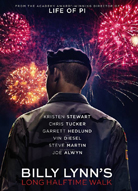 a belated finale NYFF moment with your host, Nathaniel R
a belated finale NYFF moment with your host, Nathaniel R


